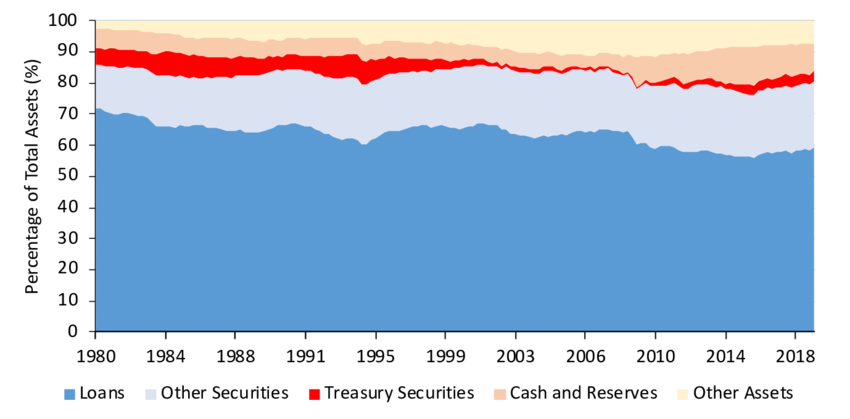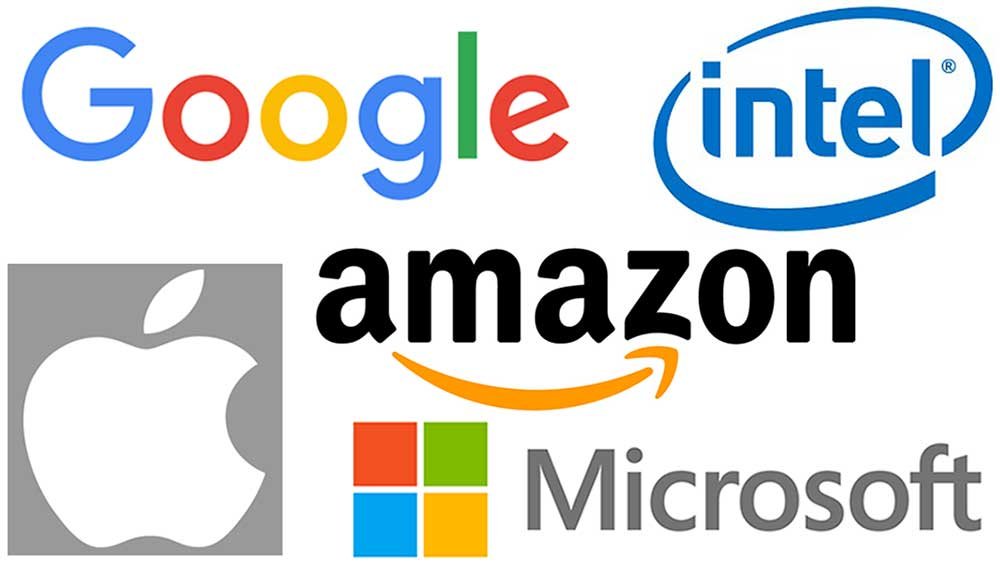Investing in the stock market has become a cornerstone of wealth-building strategies for many investors worldwide. Exchange Traded Funds (ETFs) are a popular vehicle for achieving broad exposure to various sectors without the need to buy individual stocks. Among these ETFs, the Invesco QQQ Trust (symbol: QQQ) stands out as one of the most actively traded and widely recognized. In this article, we will delve deep into what QQQ represents, its historical performance, investment strategy, and why it remains a favorite for both retail and institutional investors.
What is QQQ?
QQQ is an ETF that tracks the performance of the Nasdaq-100 Index, which includes 100 of the largest non-financial companies listed on the Nasdaq Stock Market. It is often referred to as the “Nasdaq ETF” due to its close correlation with the index. Introduced in 1999, QQQ is managed by Invesco and is designed to provide investors with exposure to high-growth, innovative companies, primarily in the technology, healthcare, and consumer discretionary sectors.
The fund’s top holdings include tech giants such as Apple (AAPL), Microsoft (MSFT), Amazon (AMZN), Google’s parent company Alphabet (GOOGL), and Nvidia (NVDA). These companies have been pivotal in driving the overall performance of the Nasdaq-100, making QQQ an attractive option for those looking to capitalize on the growth of technology and innovation-driven industries.
Historical Performance of QQQ
One of the main reasons QQQ has garnered such widespread popularity is its impressive historical performance. Over the past two decades, the fund has delivered strong returns, outpacing many other ETFs and the broader S&P 500 Index. The technology boom, digital transformation, and the rise of mega-cap tech companies have significantly contributed to QQQ’s stellar returns.
For example, from its inception in 1999 until October 2024, QQQ has provided an average annual return of over 13%, significantly higher than the S&P 500’s average annual return of approximately 8-10% over the same period. Even during periods of market volatility, such as the dot-com bubble and the 2008 financial crisis, QQQ has shown resilience and recovered quickly.
It’s essential to note that QQQ’s performance is inherently tied to the performance of its underlying holdings, many of which are technology companies. As such, during times of rapid technological innovation and strong economic conditions, QQQ tends to outperform. Conversely, during tech sector downturns or economic slowdowns, QQQ may experience more pronounced volatility.
Composition and Holdings

The Nasdaq-100 Index, and by extension QQQ, is heavily weighted towards the technology sector, which typically makes up around 50-60% of the fund’s allocation. Other sectors represented include consumer discretionary, healthcare, and communication services. This sector concentration means that QQQ is not a diversified ETF in the traditional sense, as it does not have significant exposure to other sectors such as energy, financials, or utilities.
As of October 2024, the top ten holdings in QQQ make up approximately 50% of the entire fund’s value, with Apple and Microsoft alone accounting for nearly 25%. This concentration in a few large-cap companies means that QQQ’s performance is disproportionately influenced by the movements of these top holdings.
Here is a breakdown of QQQ’s top five holdings as of 2024:
1. Apple (AAPL): 13%
2. Microsoft (MSFT): 12%
3. Amazon (AMZN): 7%
4. Nvidia (NVDA): 5%
5. Alphabet Inc. (GOOGL): 5%
Given its sector and individual stock concentration, investors should be aware of the potential risks and rewards associated with this lack of diversification. While QQQ offers high growth potential, it may also be more susceptible to sharp declines if its largest holdings underperform.
Why Invest in QQQ?
There are several reasons why QQQ has become a go-to investment for a wide range of investors. Below, we outline some of the key benefits of investing in QQQ:
1. Growth Potential: QQQ provides exposure to some of the most innovative and high-growth companies in the world. Many of its underlying holdings are leaders in technology, artificial intelligence, cloud computing, and other transformative industries. This growth potential can lead to higher returns over the long term.
2. Liquidity and Accessibility: QQQ is one of the most liquid ETFs available, with an average daily trading volume exceeding several billion dollars. This high liquidity makes it easy for investors to buy and sell shares without significant price fluctuations. Moreover, QQQ’s popularity means it is widely available across most brokerage platforms, including fractional shares.
3. Low Expense Ratio: With an expense ratio of around 0.20%, QQQ is relatively inexpensive compared to actively managed funds. This low fee structure ensures that more of the fund’s returns are passed on to investors.
4. Strong Historical Performance: As previously mentioned, QQQ has outperformed many other indices and ETFs over the long term. This strong track record makes it an appealing option for investors looking for capital appreciation.
5. Focus on Innovation: The Nasdaq-100 is often considered a barometer for innovation in the global economy. By investing in QQQ, investors gain exposure to companies that are at the forefront of technological advancement and market disruption.
Potential Drawbacks and Risks

Despite its many advantages, QQQ is not without its risks and potential drawbacks. Investors should carefully consider these before adding QQQ to their portfolios:
1. Sector Concentration: The heavy weighting towards technology means that QQQ is more susceptible to sector-specific risks. During periods of underperformance in the tech sector, QQQ can experience more significant declines compared to more diversified ETFs.
2. High Valuation: Many of QQQ’s top holdings are considered “growth stocks,” which often trade at high price-to-earnings (P/E) ratios. While these valuations may be justified by the companies’ growth prospects, they can also lead to increased volatility, especially during periods of rising interest rates or economic uncertainty.
3. Limited Exposure to Other Sectors: QQQ’s lack of exposure to sectors such as financials, energy, or real estate means it may underperform in certain market conditions where these sectors lead.
4. Dependence on Mega-Cap Stocks: As previously noted, QQQ’s performance is heavily influenced by its top holdings. If any of these mega-cap stocks experience a downturn, it can have a disproportionate impact on the fund’s overall performance.
QQQ vs. Other ETFs
When considering QQQ, it’s helpful to compare it to other similar ETFs to understand its unique value proposition. Below are comparisons with a few popular alternatives:
QQQ vs. SPY (SPDR S&P 500 ETF): While SPY tracks the broader S&P 500 Index, which includes companies from all sectors of the economy, QQQ focuses more on technology and innovation. As a result, QQQ has higher growth potential but also more volatility compared to SPY.
QQQ vs. VGT (Vanguard Information Technology ETF): VGT is another technology-focused ETF but differs in that it includes a broader range of tech companies and is more diversified within the sector. However, QQQ’s exposure to consumer discretionary and communication services makes it slightly more diversified.
QQQ vs. ARKK (ARK Innovation ETF): ARKK is an actively managed ETF focused on disruptive innovation. While both QQQ and ARKK target innovative companies, QQQ is more established and includes large-cap tech companies, whereas ARKK focuses on emerging technologies and smaller companies, making it more volatile.
Conclusion: Is QQQ Right for You?
QQQ is an excellent investment option for those looking to gain exposure to the growth and innovation potential of the Nasdaq-100 Index. Its strong historical performance, focus on industry leaders, and low expense ratio make it an attractive option for long-term growth investors.
However, potential investors should be mindful of the inherent risks associated with sector concentration and high valuations. As with any investment, it’s essential to consider your financial goals, risk tolerance, and investment horizon before deciding if QQQ is the right fit for your portfolio.
For those who believe in the continued growth of the technology sector and are willing to accept the associated volatility, QQQ can be a valuable addition to a diversified investment strategy.


1 thought on “A Comprehensive Analysis of QQQ: The Invesco QQQ ETF”